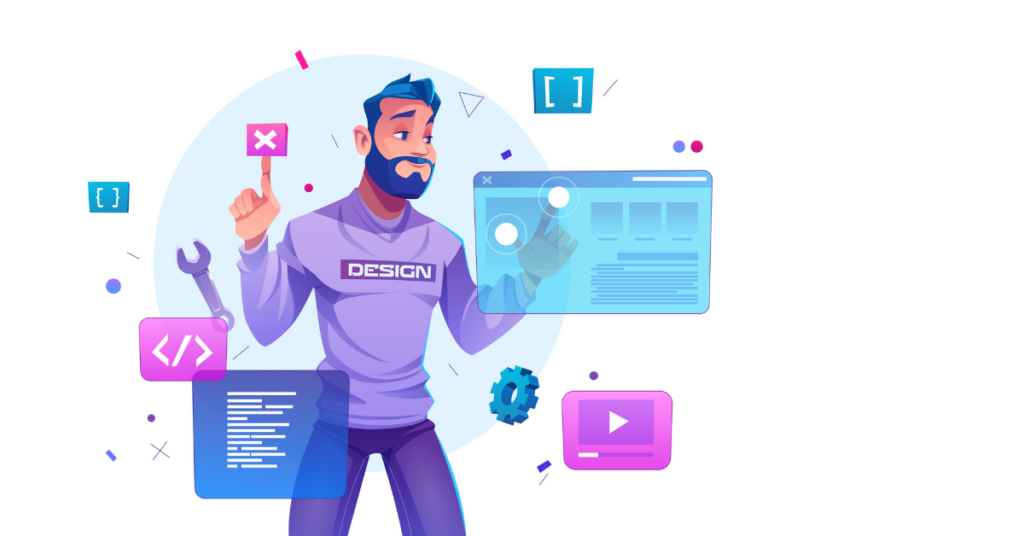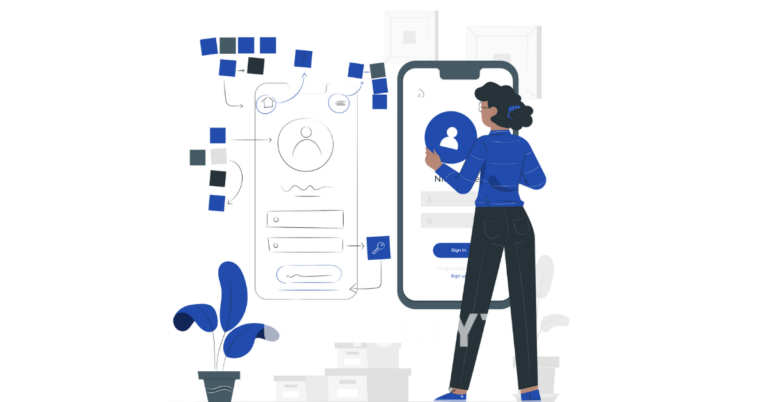Are you wasting your time on leads that are unlikely to convert and generate revenue?
It is not surprising!
When so many leads are assigned to a sales rep, it can be challenging to determine which are highly qualified. And many end up spinning their wheels with poorly qualified leads.
According to HubSpot, organizations generate 1,877 leads per month on average. However, lead generation neglects an essential component in achieving a significant return on investment.
Prioritizing high-value leads is more desirable than a heap of low-quality leads.
Quality of leads always wins over the quantity of leads.
A positive and profitable experience for each customer is the primary goal of our customer success team. To improve our customer experience, we regularly collect feedback from them to update our product and always have room for improvement.
In the feedback, we identify challenges and explore the potential of new features. We address their problem statements and start working on every feasible feedback.
The Problem Statement:
Through the interaction of our customer success team with one of our clients, we discovered that our client had been experiencing an issue for months. They found it difficult to differentiate between the leads that had the potential to convert and the ones that didn’t. Unfortunately, this was taking up a lot of their time.
The client was beginning to feel stuck in a cycle of trying to figure out which leads to focus. They wanted a way to determine which leads were worth pursuing, so they could spend more time on them and maximize the conversions.
To validate this issue, we decided to discuss it with our other customers.
Gathering Feedback:

We started collecting feedback from our customers and the responses we received were incredibly helpful. It turned out that everyone was facing similar issues.
This gave us a better understanding of what our customers wanted from us. We were able to gather valuable insights from our customers that allowed us to develop a system for evaluating leads.
The Breakthrough:
The customer success team conveyed the feedback to our product team, who then began brainstorming. To resolve our client’s problems, we put ourselves in their shoes and outlined the possible hitches to overcome. Which were,
- Eliminating guesswork and identifying promising prospects
- Increase the conversion rates
- Streamline the conversion process
- Increase the sales productivity
- Minimize the manual process
This can be accomplished if the sales reps know which leads are highly valued. For that, the prospects have to be valued numerically. So, we decided to develop a lead scoring software to resolve the issues.
The Definition: What is Lead Scoring software?

Developing a minimum viable feature starts with defining it. Like, what it is and how it can help to resolve any existing issues. And so, to develop a lead scoring software we asked ourselves,
What is Lead Scoring?
Lead scoring ranks the leads on the metrics based on the activities of the customer according to their business needs. Basically, it tells you which prospects are worth spending time with, and prioritize for follow-up and conversion.
Fleshing out the idea of lead scoring for b2b:
There is a phase between the proposal of an idea and the execution of it, where the idea is moulded and sharpened.
We started listing how the leads had to be scored. Our team then determined to implement a Score Builder and built the lead scoring software to allow the user to customize the scores according to their needs.
Scores should be assigned by capturing data from multiple forms and by integrating with third-party tools.
Building Momentum:

We began creating the prototype for the lead scoring software and set up a timeline for development. Before beginning to engineer, we sought feedback from our customers if the feature was feasible.
Finally, we released the feature to our customers, monitored the performance of the lead scoring software, and made improvements based on customer feedback. We also tracked and analyzed usage metrics to make sure that the feature was working as expected.
How does lead scoring software for b2b make the customer experience better?
- Flexible for the user to create a personalized lead score platform.
- Identifies the high-value prospects.
- Generates 2x more revenue.
- Decreases the turnaround time.
The Automated lead scoring software was a dream come true for our clients as it saved them so much time and effort. And they were able to quickly identify which leads had the highest potential to convert.
Our clients have witnessed a significant increase in their conversion rate and were so happy with the results. Now they confidently pursue the most valuable leads, without worrying about undesirable leads with the help of lead scoring software.
VentureBeat Insight says, “80% of businesses that used automated lead scoring software realized an increase in the number of incoming leads.”
If you too want to increase your conversion with lead scoring software, set up a demo right away.
Don’t miss out! Stay informed and get exclusive updates by subscribing to our newsletter.




